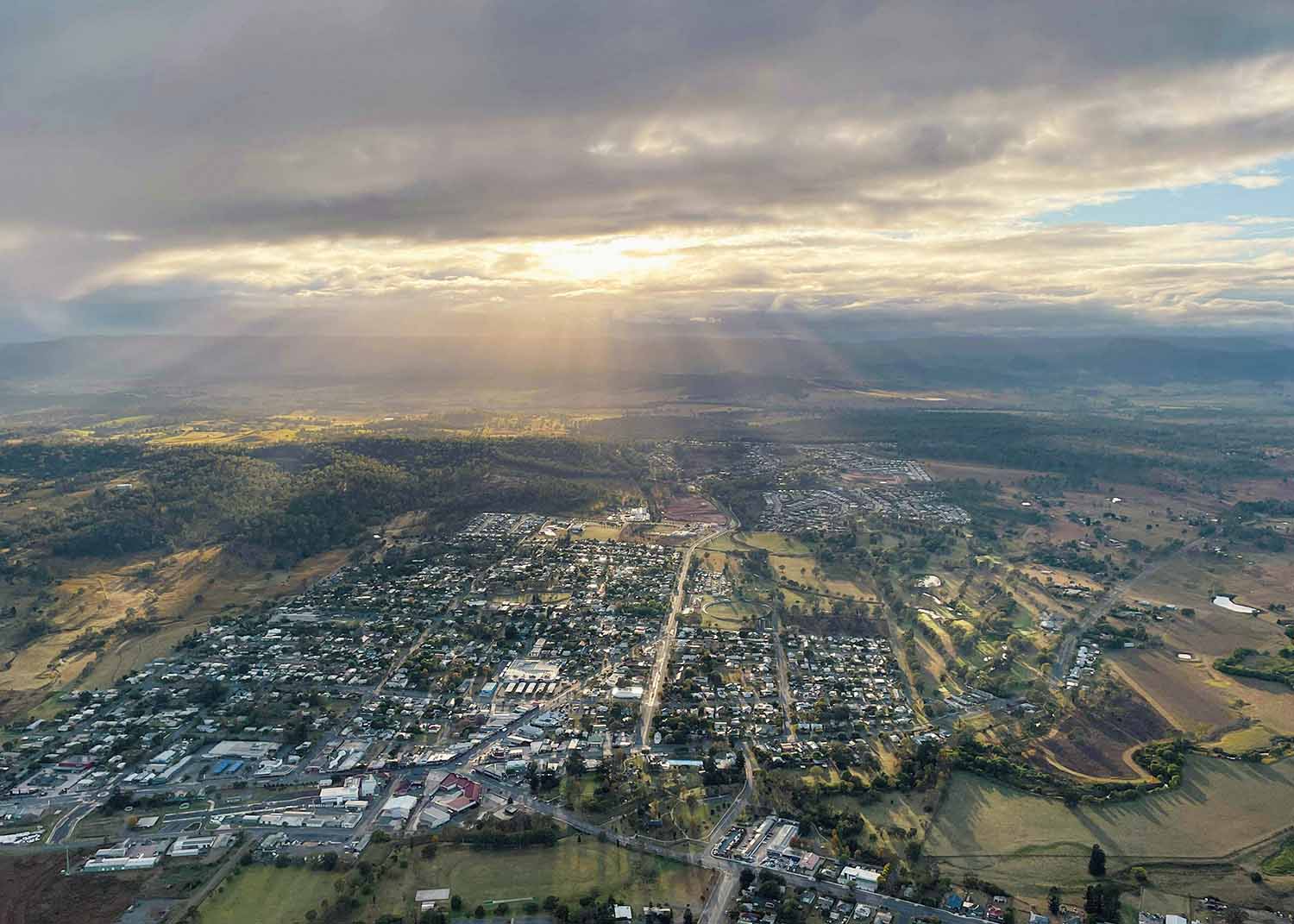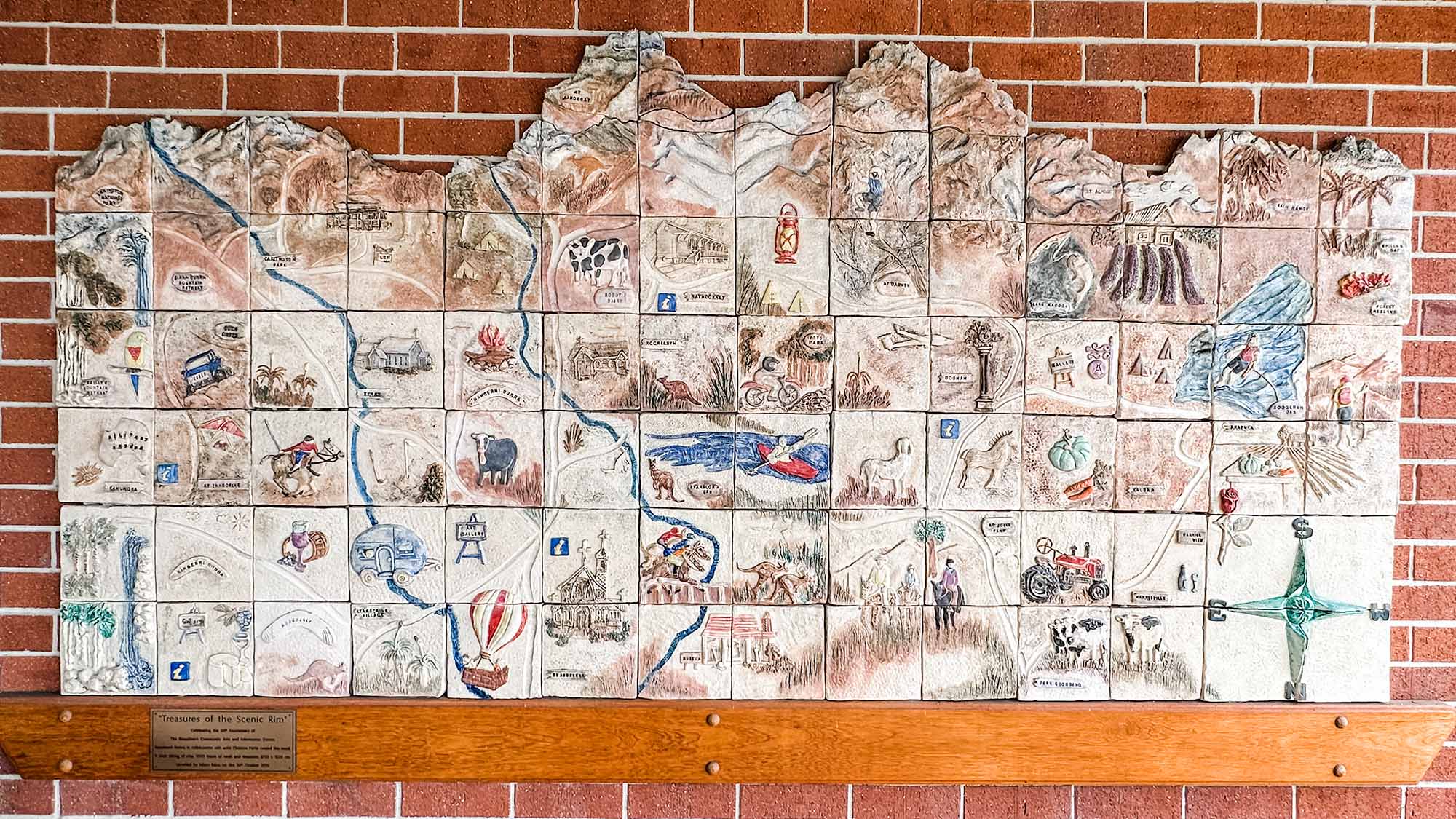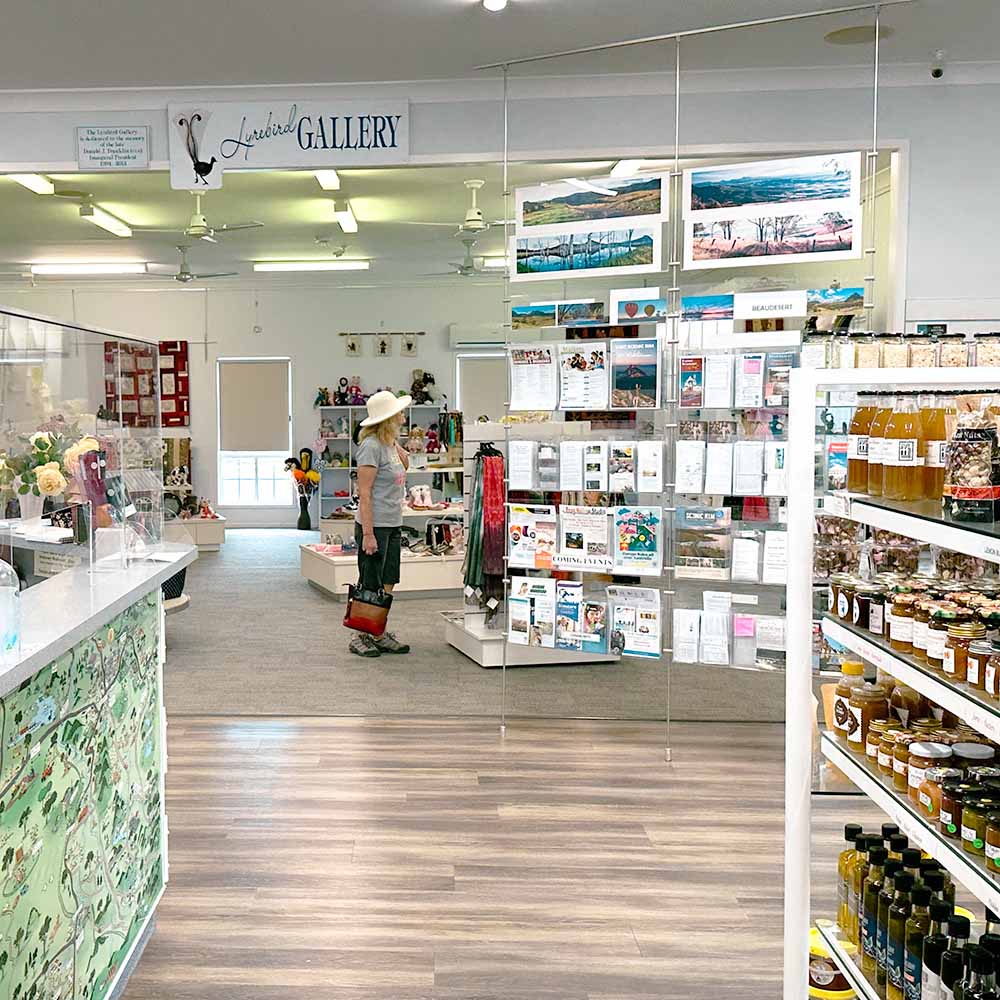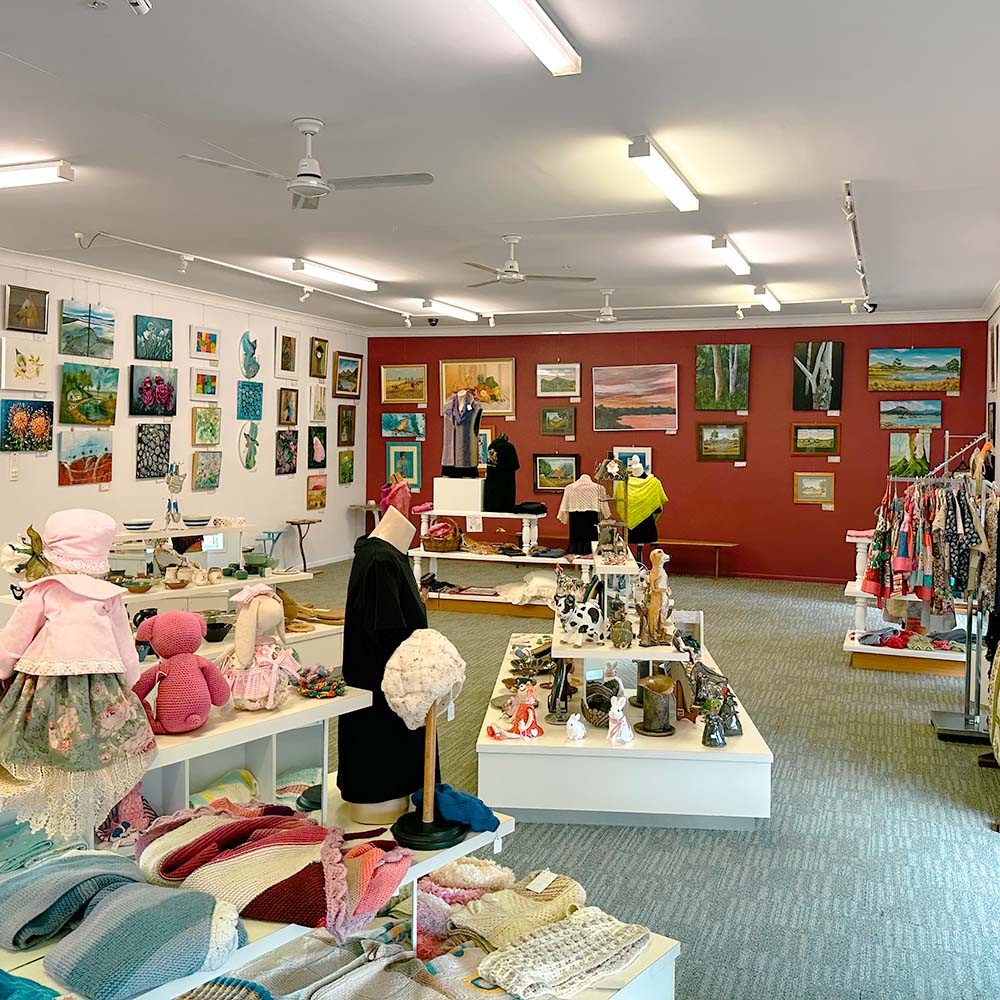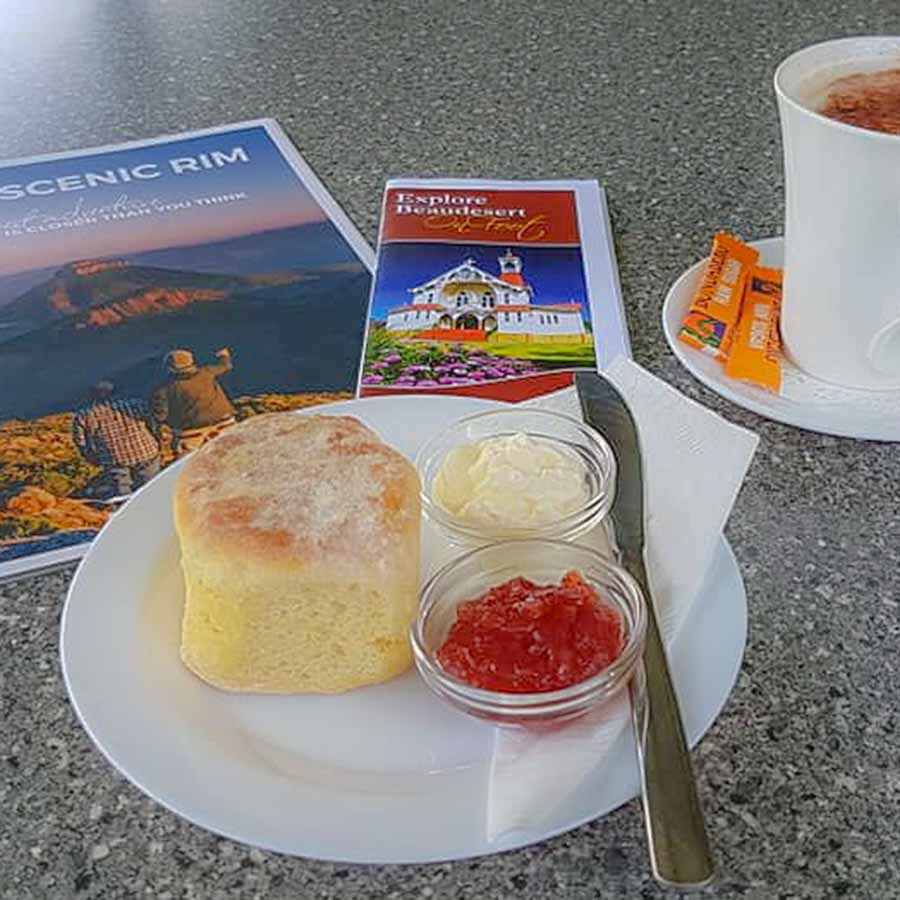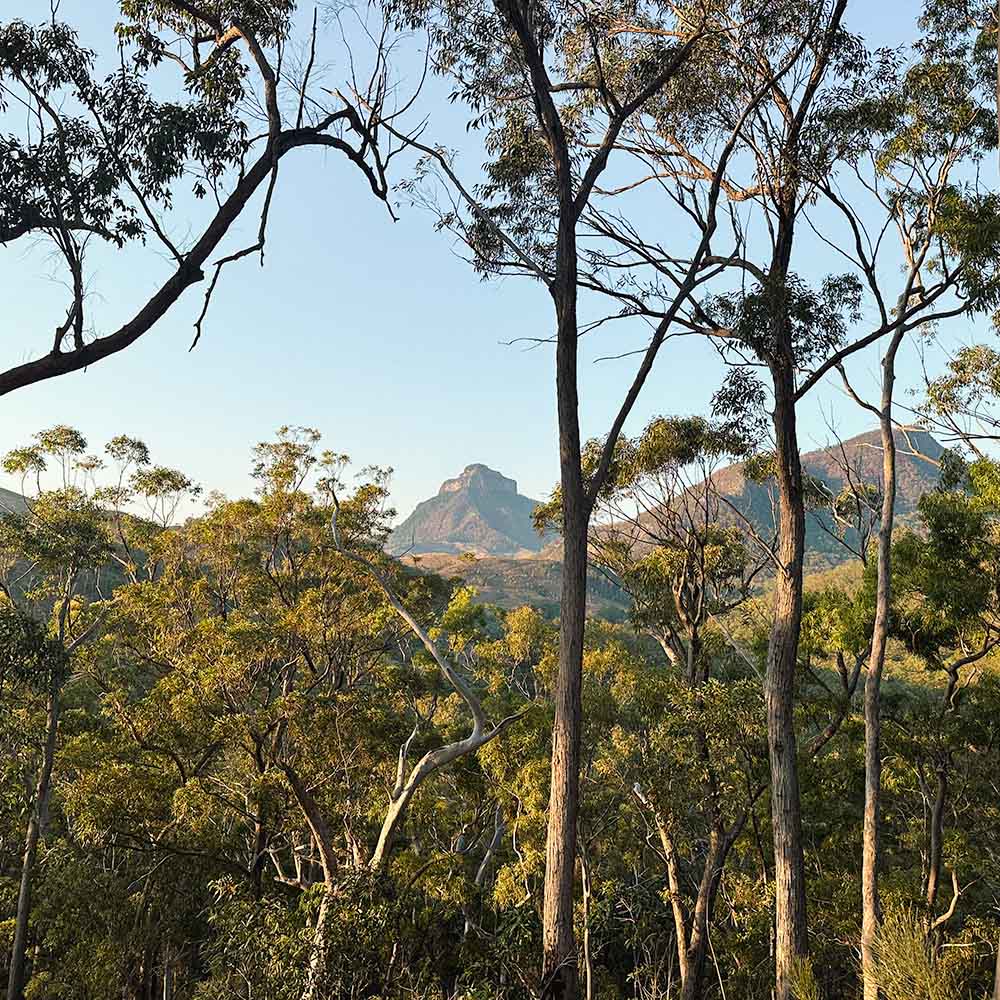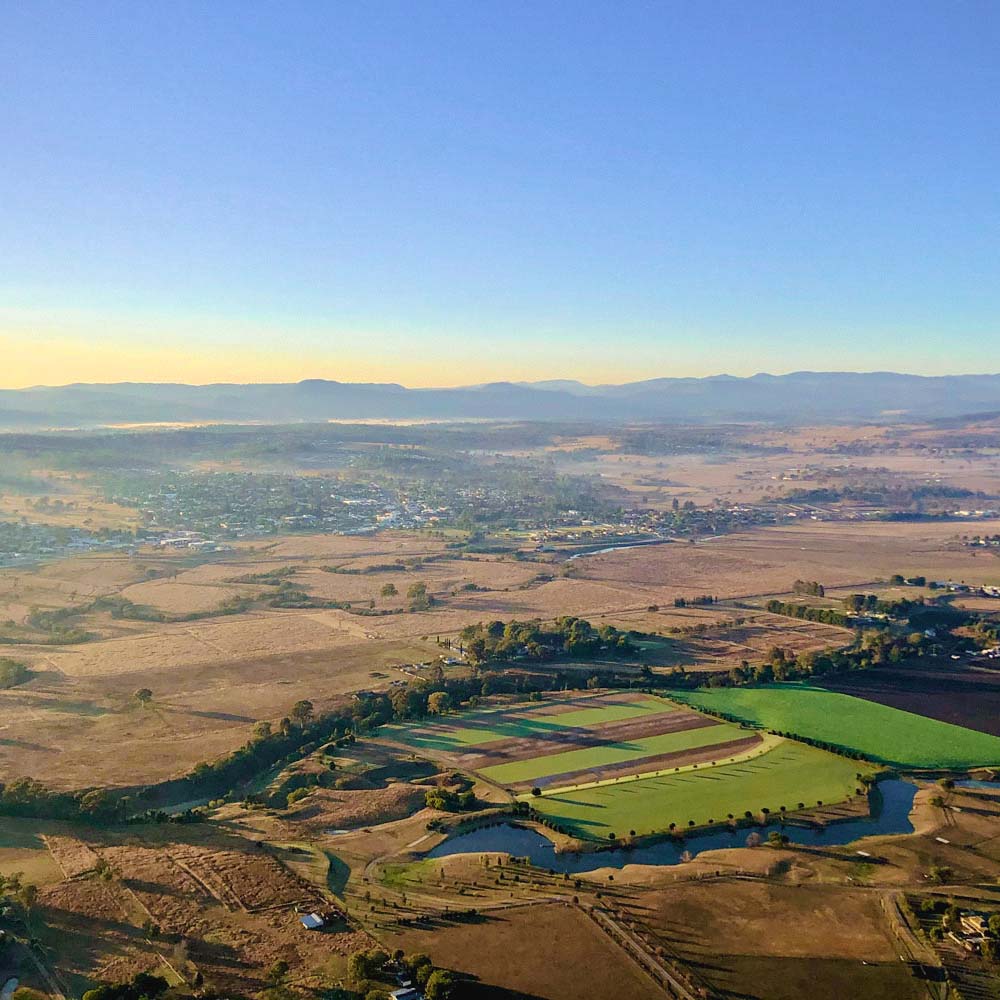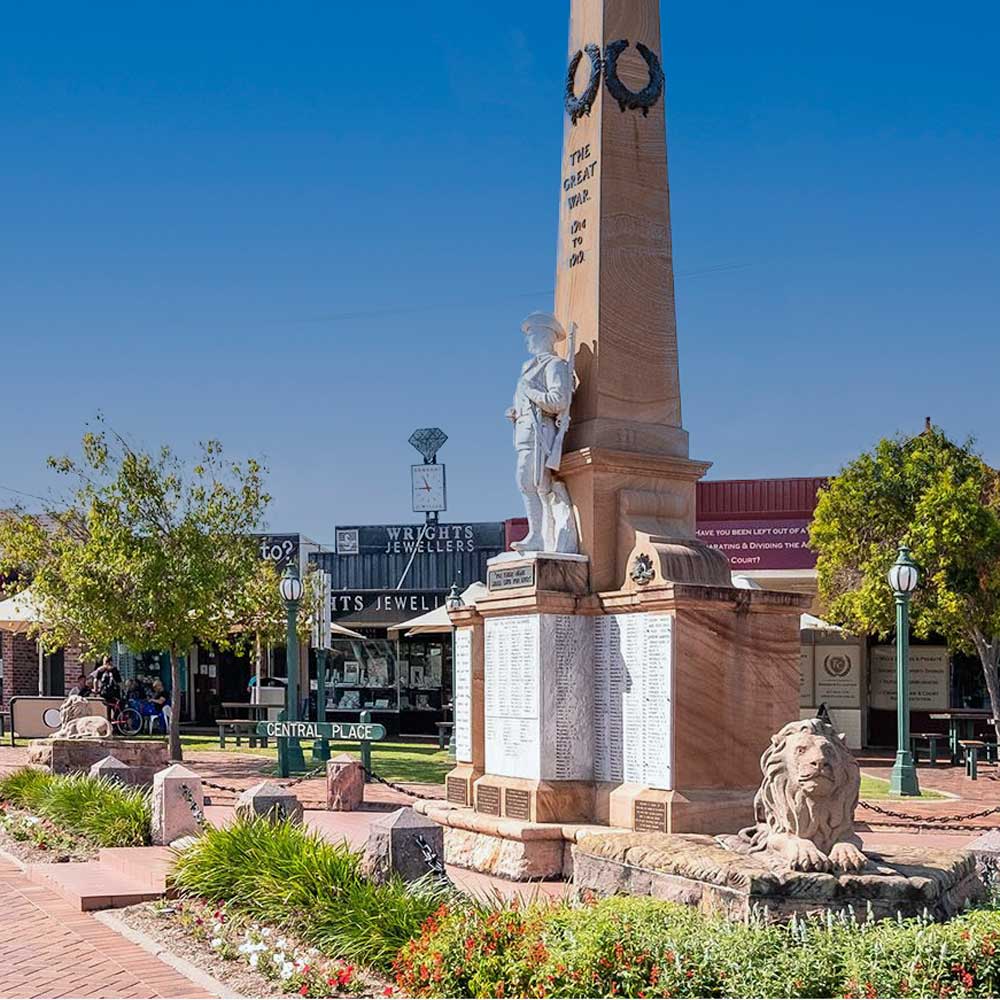The Centre is also the home of the Lyrebird Gallery, showcasing paintings, pottery, textiles, woodwork, glass, jewellery and leatherwork by talented Scenic Rim artists.
There is also a wide range of local produce such as sweets, jams, chutneys, pickles, olive oil and condiments for sale.
The Centre has a large, well equipped meeting room used by community groups.
Dick Westerman Park, adjacent to the Beaudesert Information Centre, has picnic tables, a small playground and public toilets.
Caravans can park along Enterprise Drive. Please note - there is no Dump Point in the park. The nearest Dump Point is at the local Beaudesert Caravan Park and they apply a small charge.
Come in and say hello, browse our gallery and perhaps stay for a Devonshire tea or coffee.
